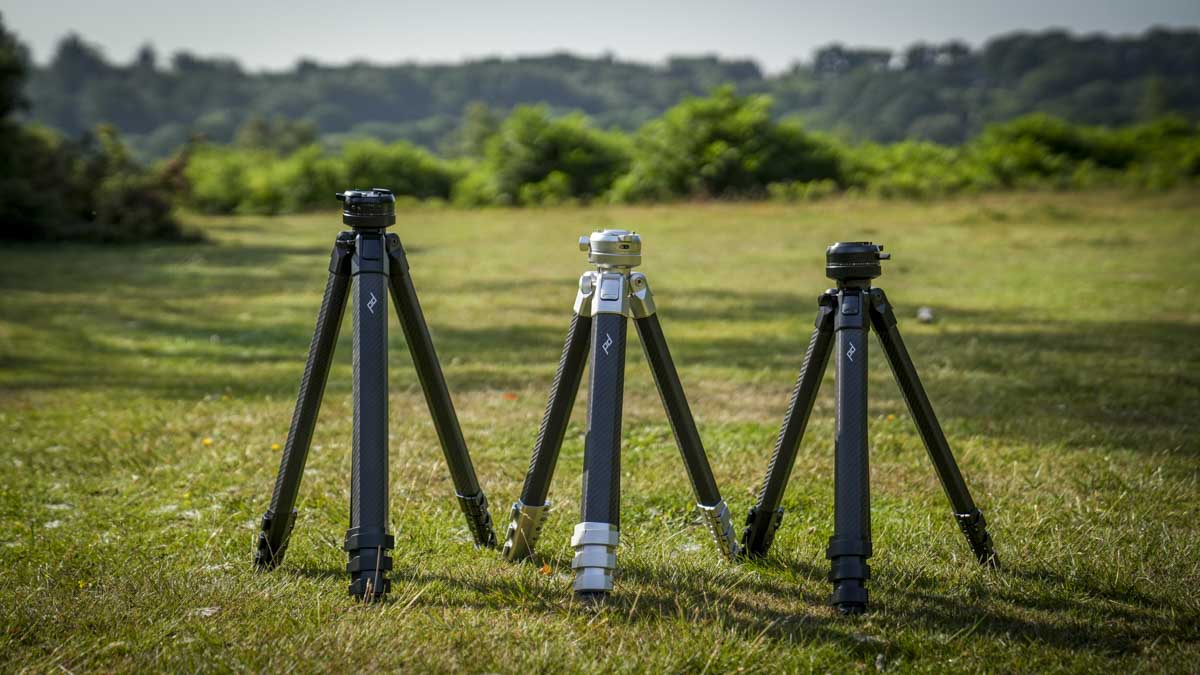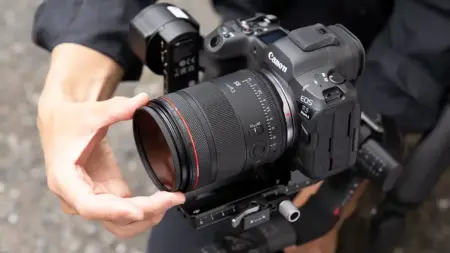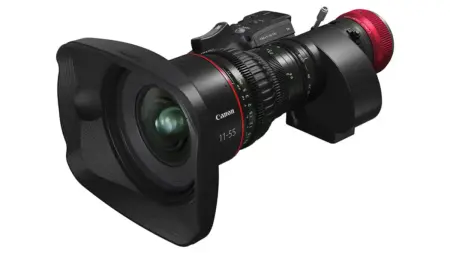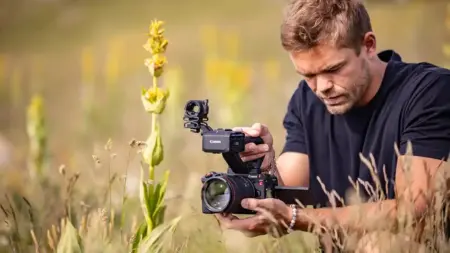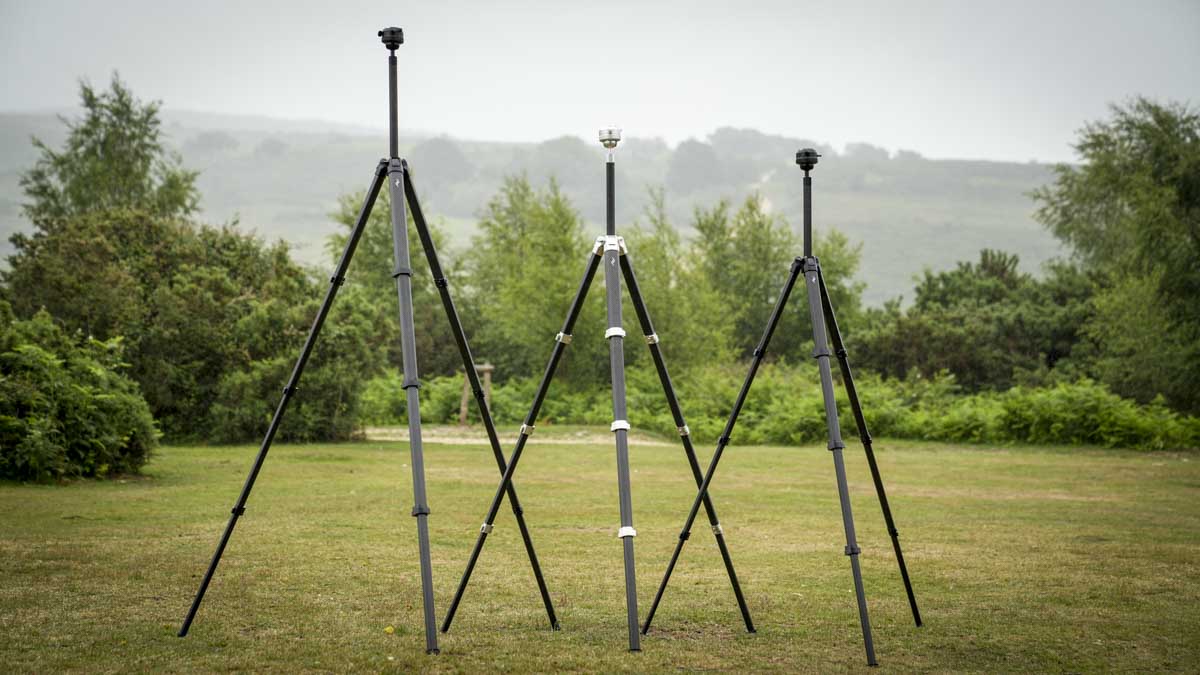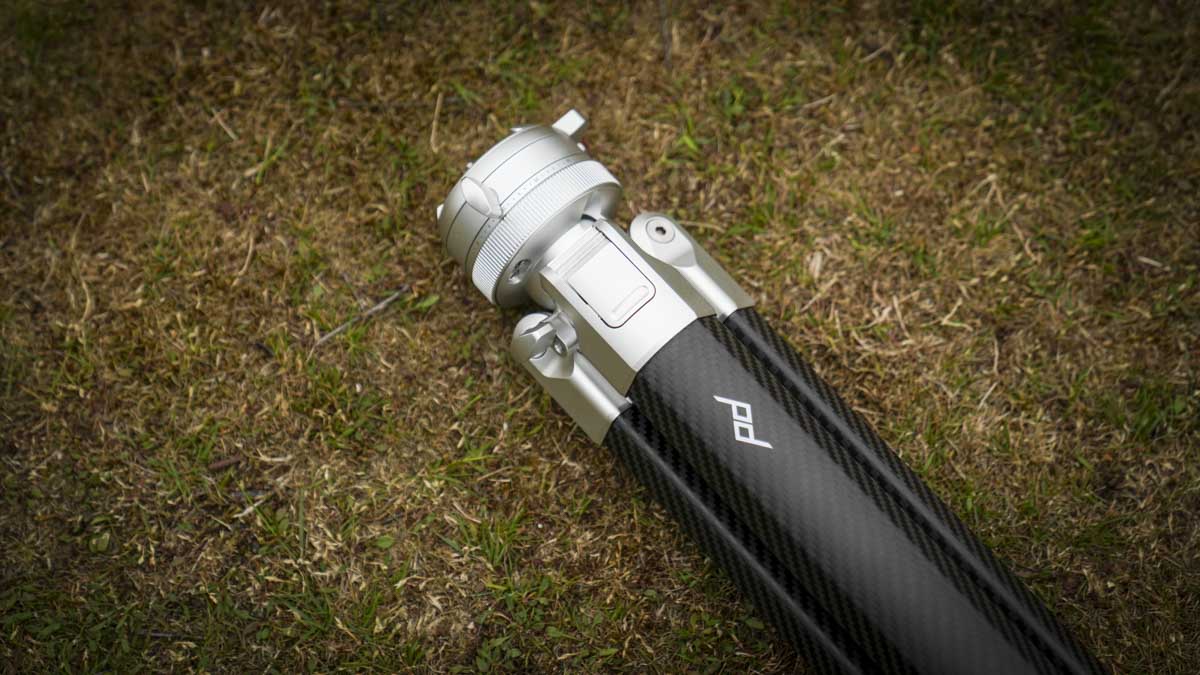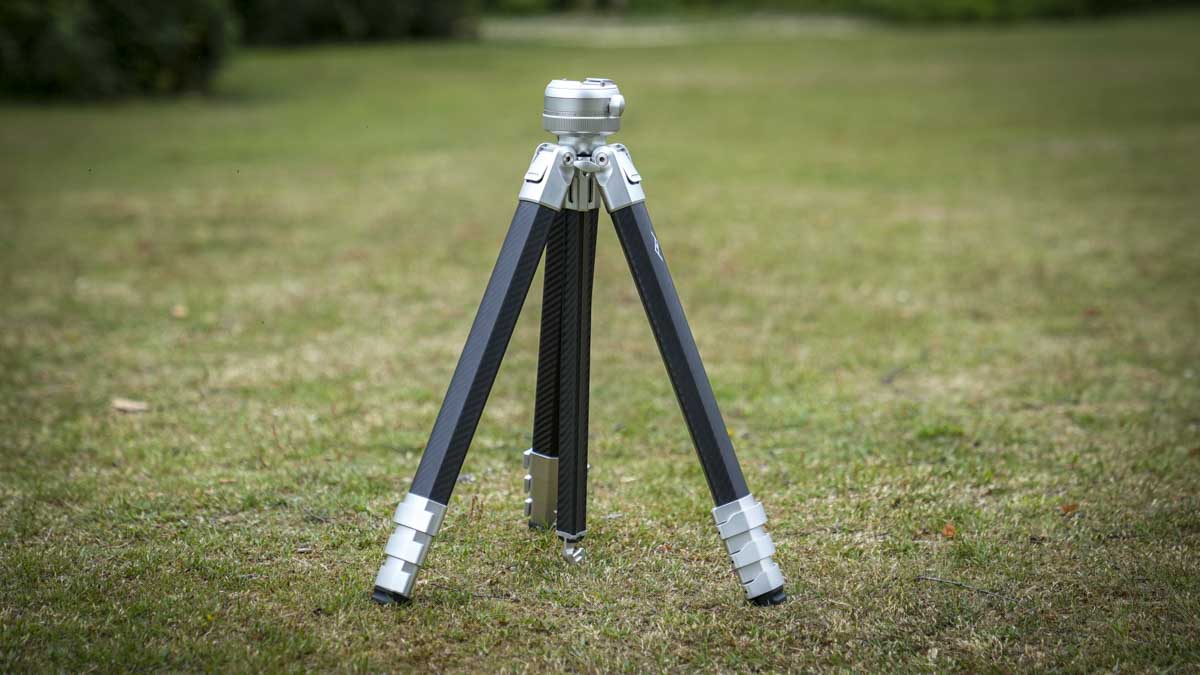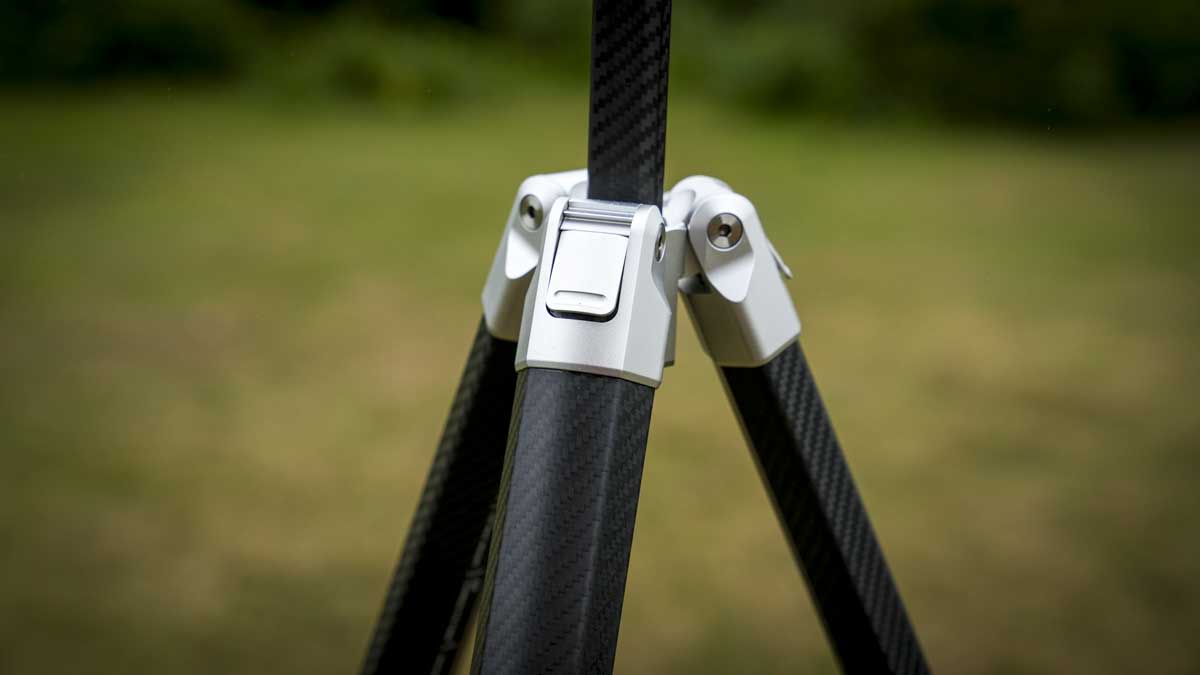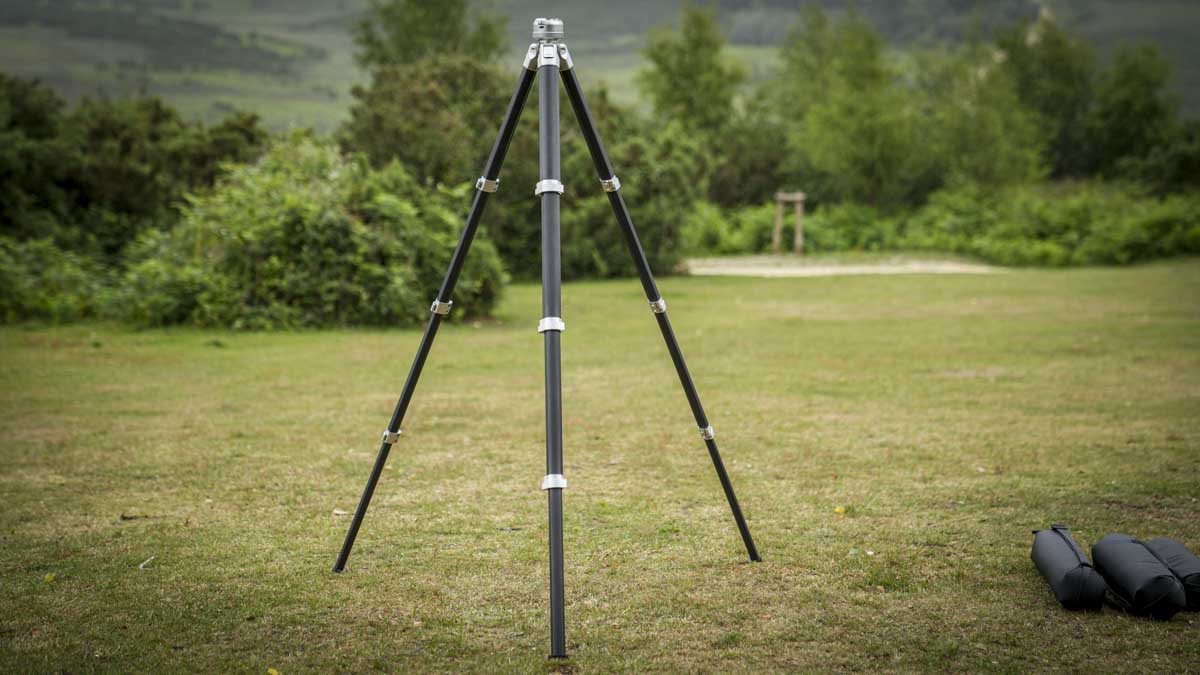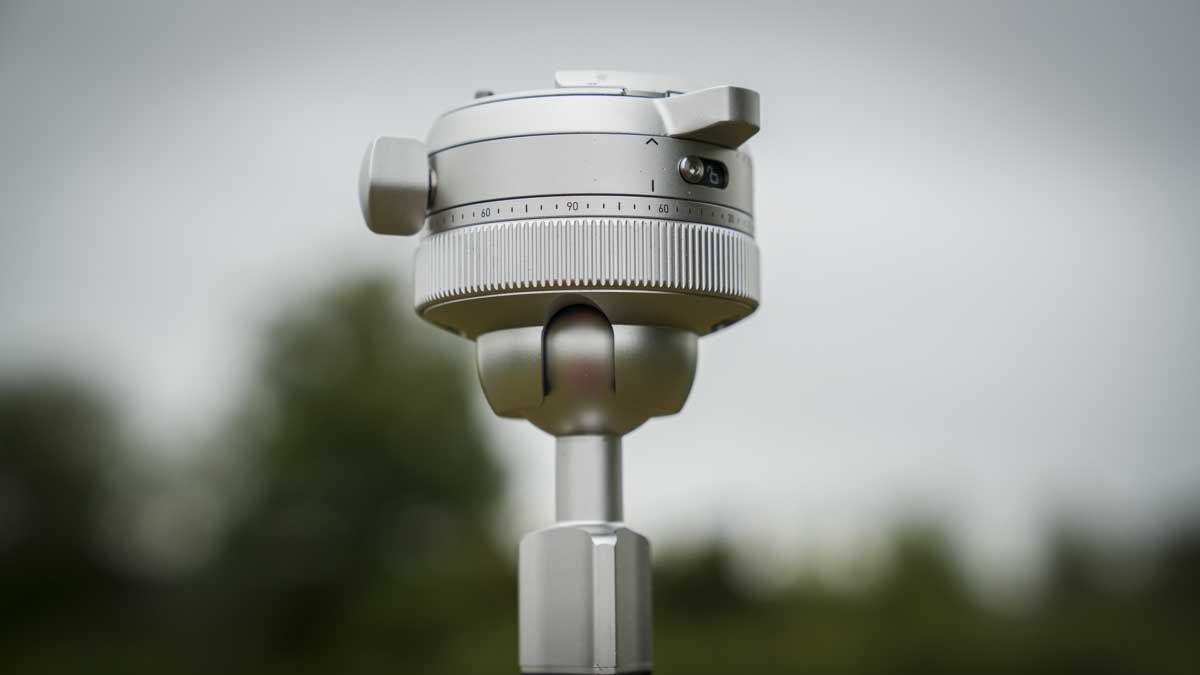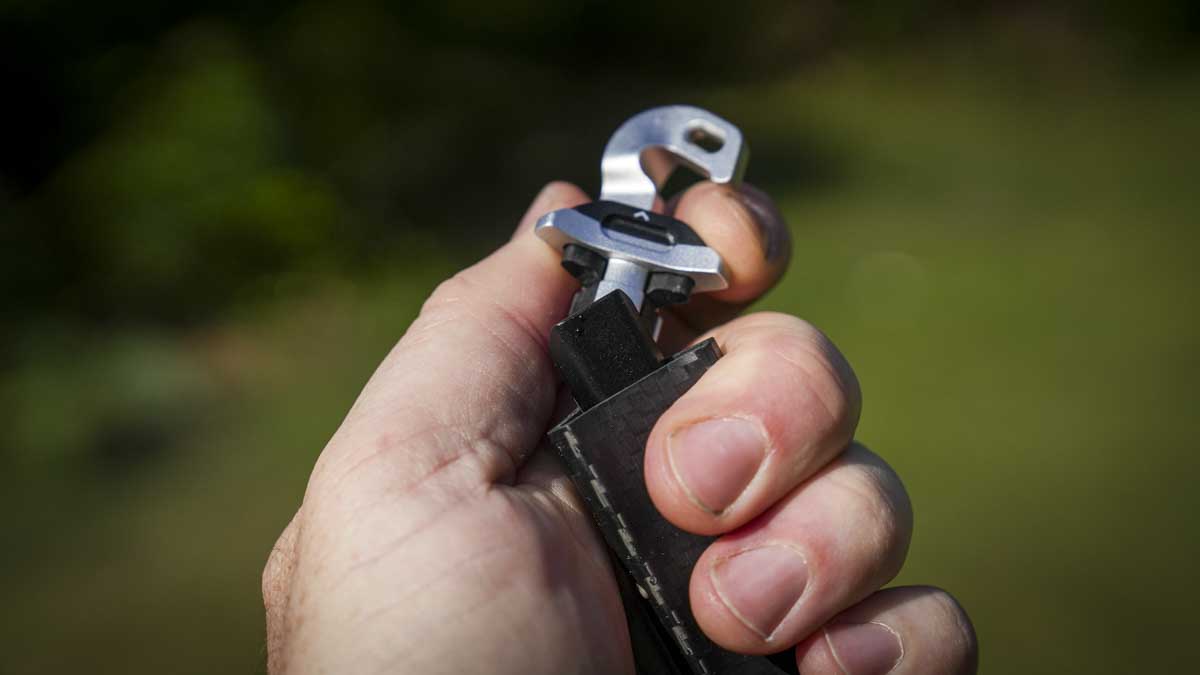The Peak Design Pro Tripod is essentially a premium carbon fibre tripod. It comes from the design house of Peak Design, which means it’s extremely well-thought-out. There’s lots of carbon fibre and CNC-machined metal on show, which makes it aesthetically highly desirable.
I’ve looked at all three models in this review but have primarily focused on the Pro—the middle model. My review sample arrived with black carbon fibre four-section legs and silver metal CNC work, giving it a real retro look. I know many people like this style—it does hark back to film cameras, which are very much in vogue at present. I teach a 35mm and 120mm darkroom course, so I see the appeal. However, I feel it’s a little overplayed. Working professionally, I find a pure black tripod creates fewer reflections and is less conspicuous. So, for my money, I’d go for the pure black version. If you’re more of an enthusiast, then why not opt for the retro look?
Peak Design is known for innovation, and the Pro Tripod has plenty onboard. First and foremost, it’s designed to work with the Capture system, and the quick-release clamp on top is designed with that in mind.
Two small grub screws are pre-installed on the head to make life easier for Capture Clip users. If you’re using a standard Arca Swiss plate, don’t worry—these grub screws can be removed, and your Arca cage or base plate will fit as well. While Peak Design makes aesthetically beautiful gear, they’ve also considered the fact that many of us want their products to integrate with other systems.
A testament to this is the new range of accessories. Along with the Pro I was reviewing, I also received the new video mod and the levelling base that enables you to mount your own head on top. I’ll do separate reviews of those later on.
The Pro is designed for both photo and video work, supporting medium-to-heavyweight cameras with plenty of stability. Being the middle tripod in the range, it’s suitable for Travel, though slightly larger than you might want, but perfectly suitable for landscape, portrait, studio, and, in fact, any type of photography where you need a solid tripod.
If you’re just starting out, this tripod may be slightly more than you need right now. However, for keen enthusiasts and professionals, it’s absolutely ideal and clearly aimed at that market.
Among its unique features is the folding geometry of the centre column. This enables the six-sided carbon fibre legs to fold with minimal gap between them, reducing the overall circumference and increasing portability compared to similarly sized and strong tripods.
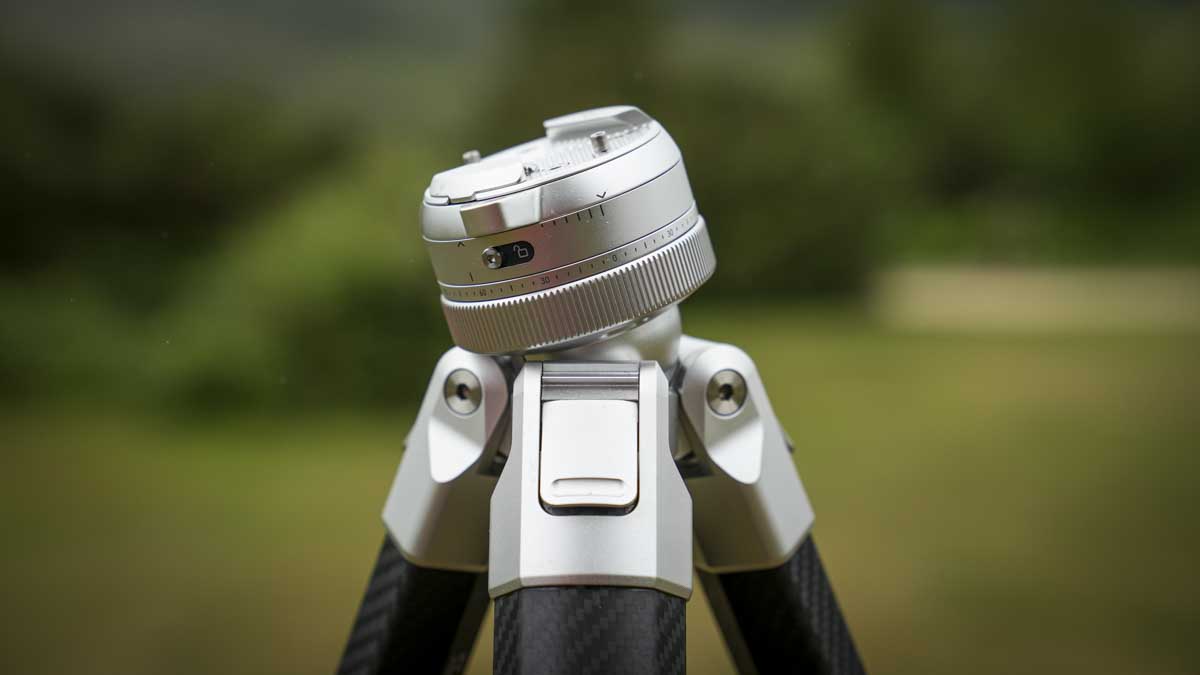
So, what is the Peak Design Pro Tripod? It’s a high-end tripod for video and stills, aimed at the enthusiastic and professional level, with the flexibility to suit almost any type of photography.

